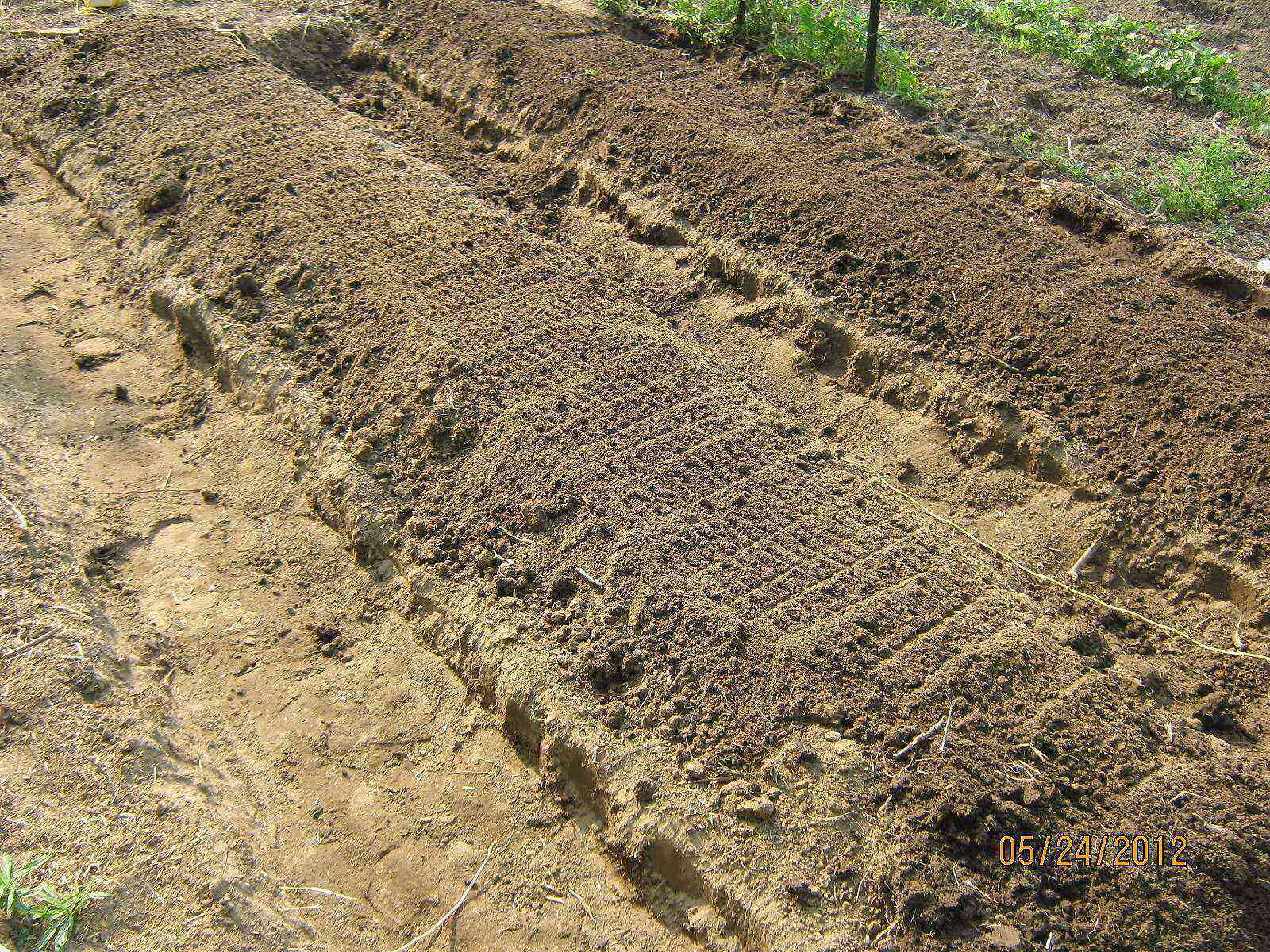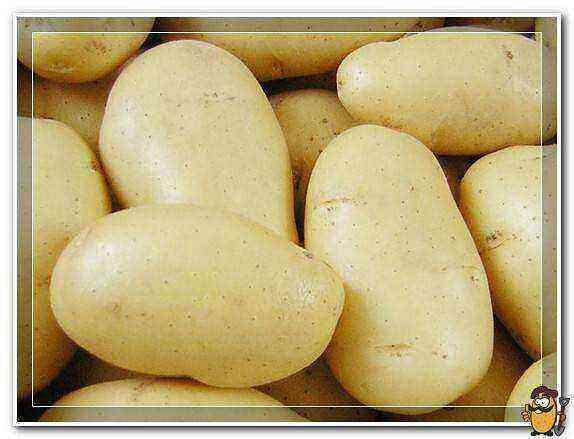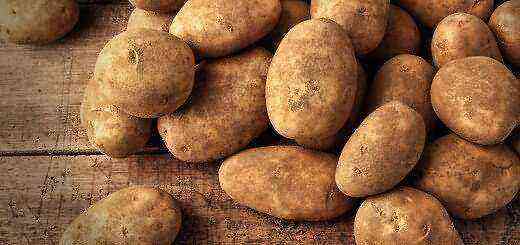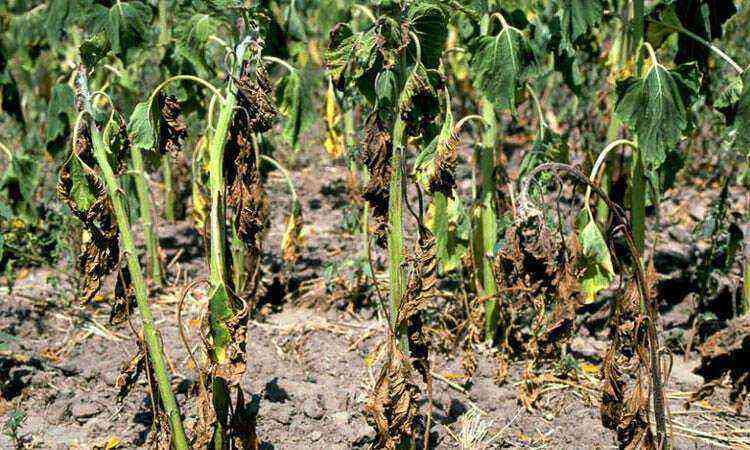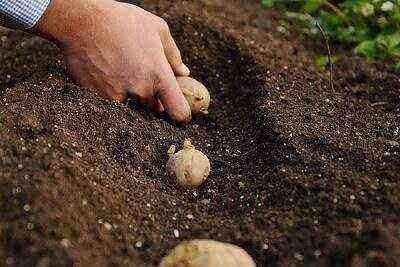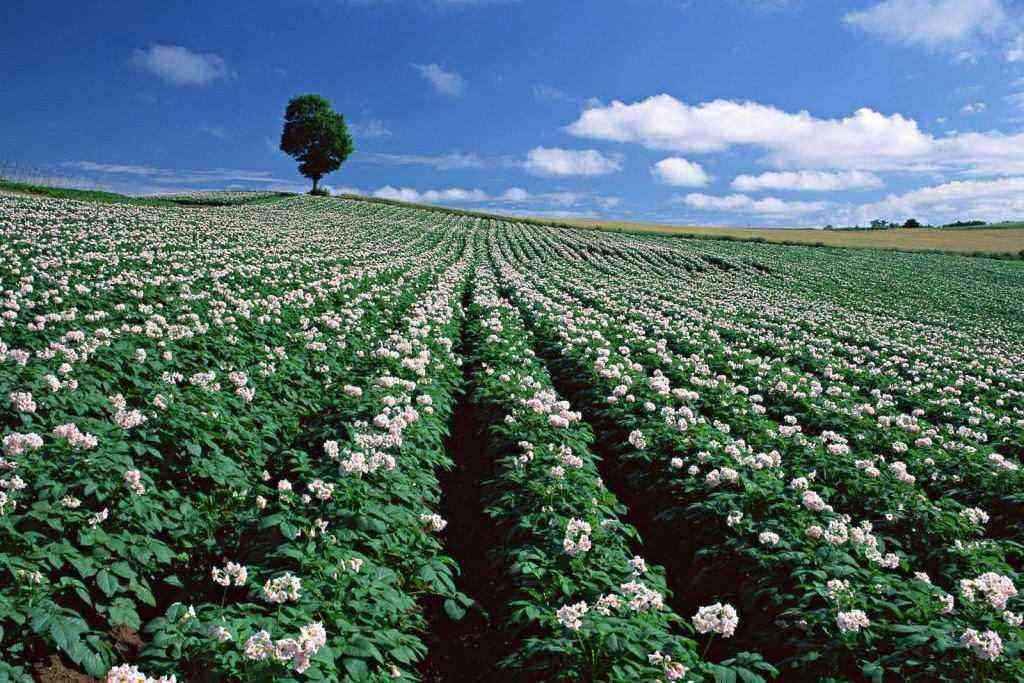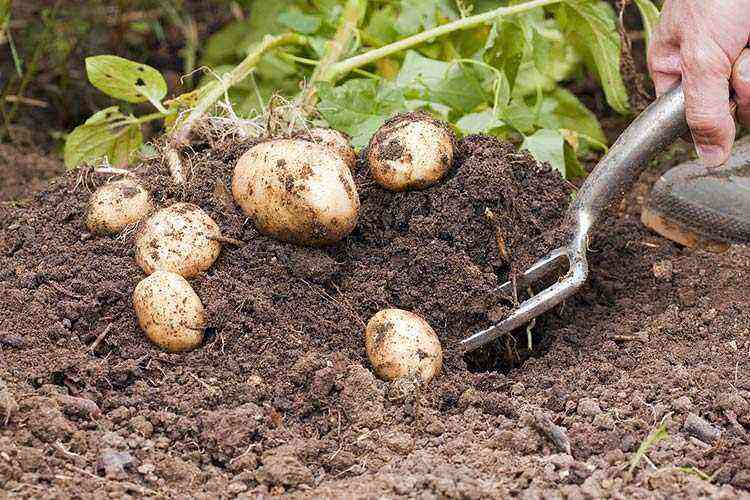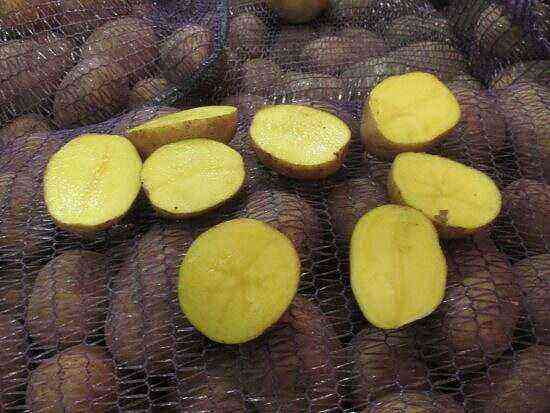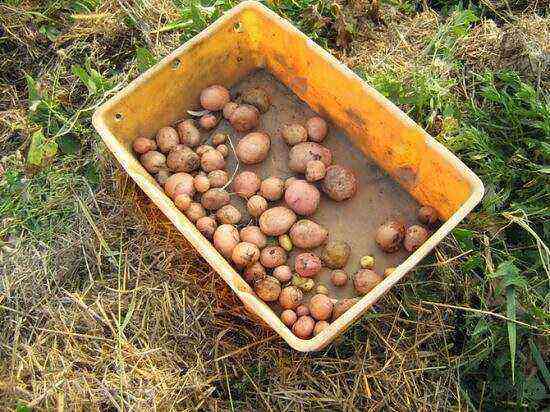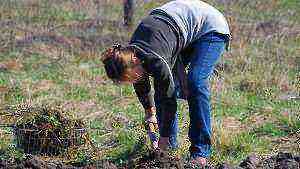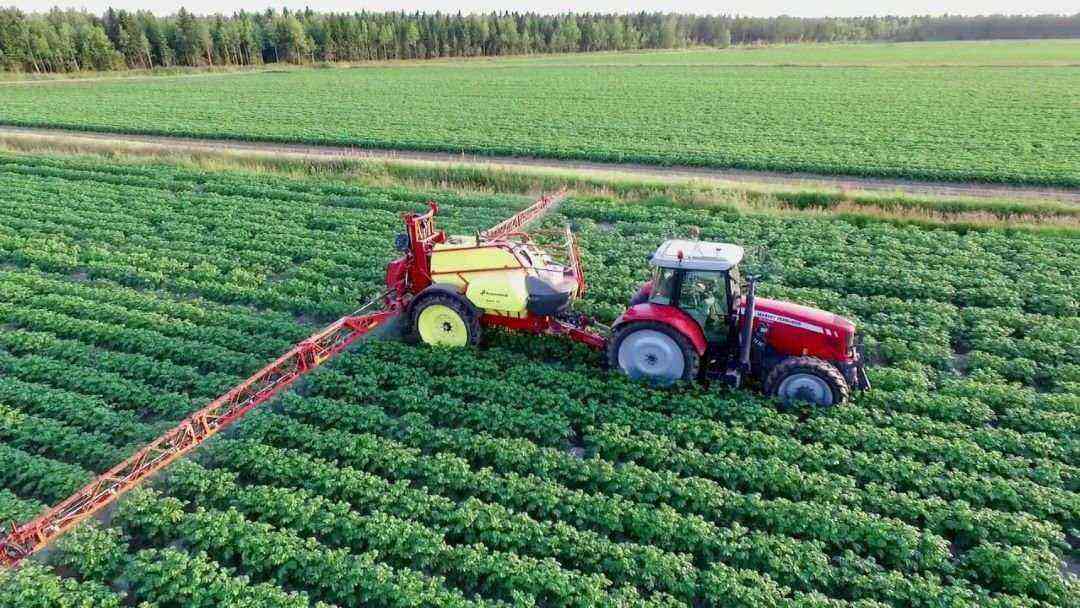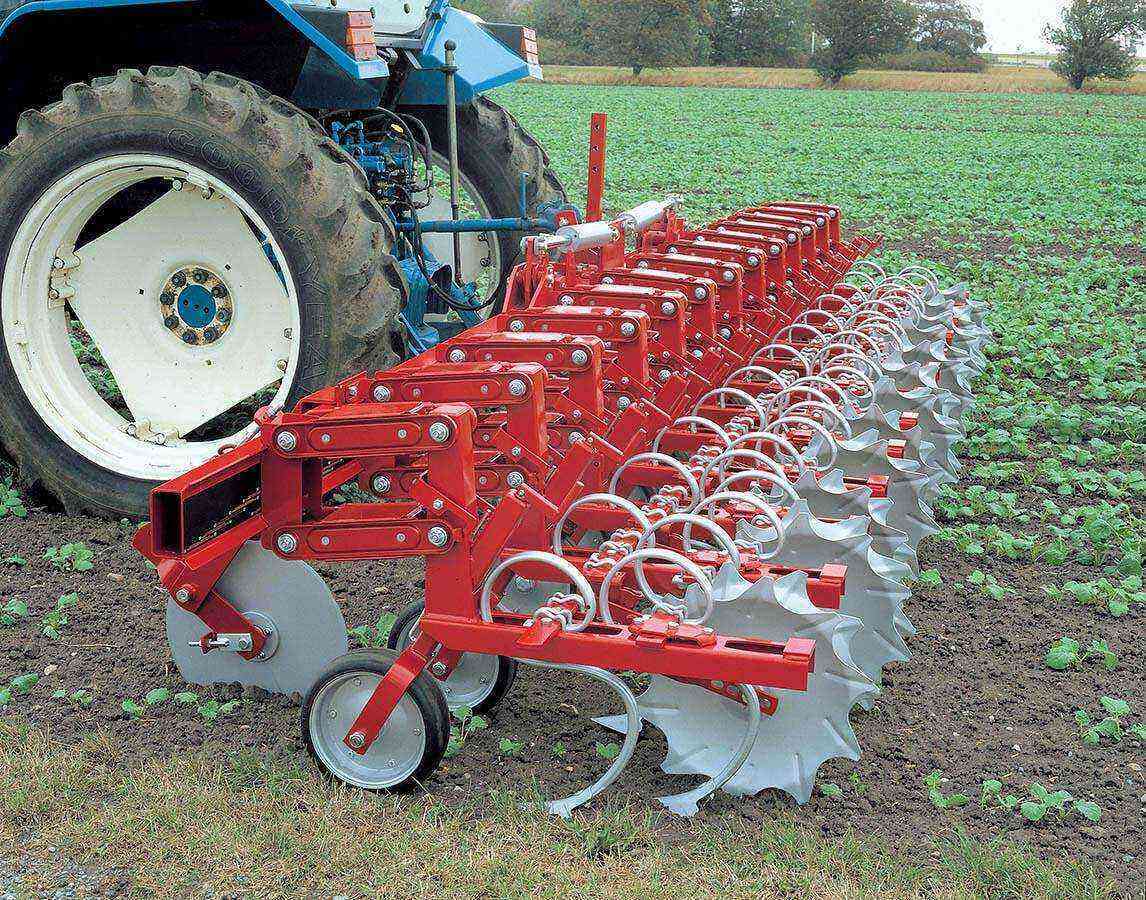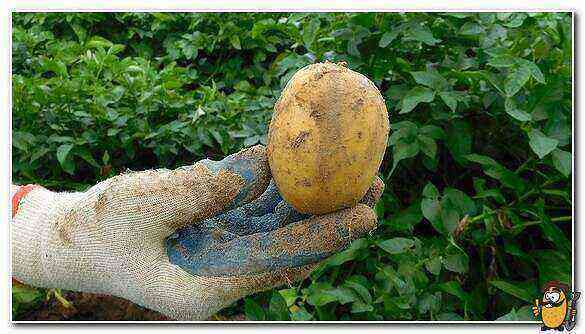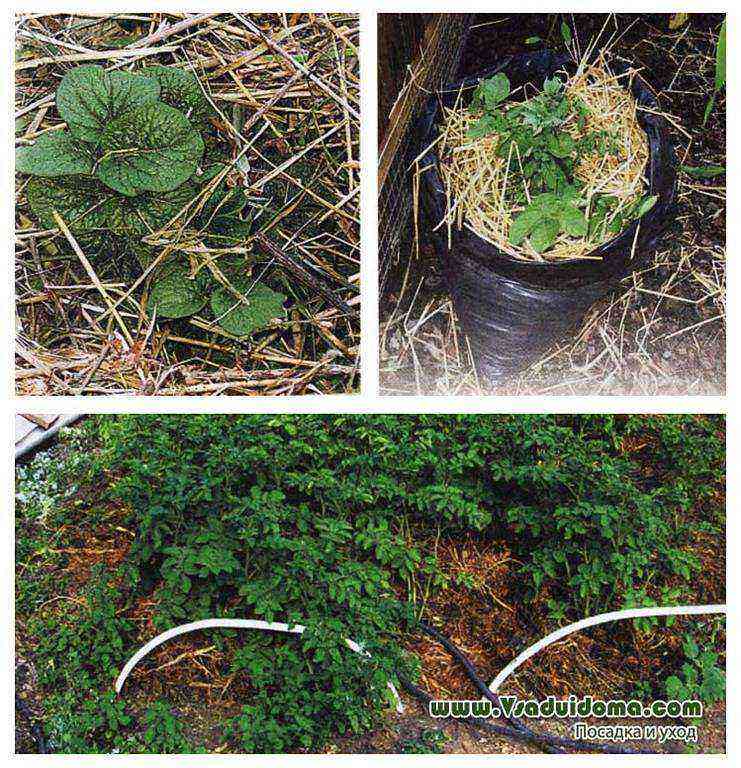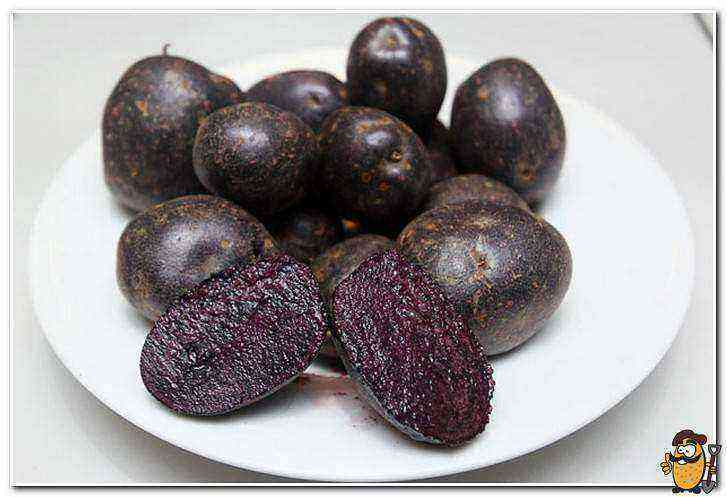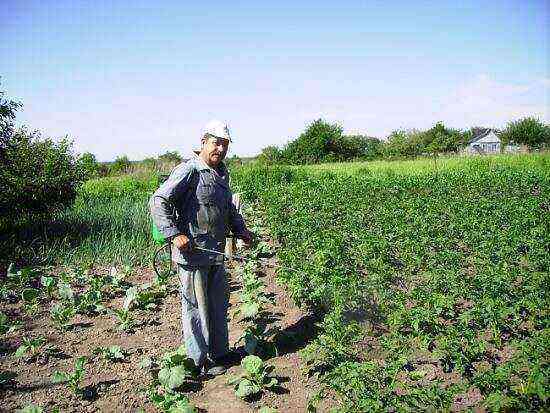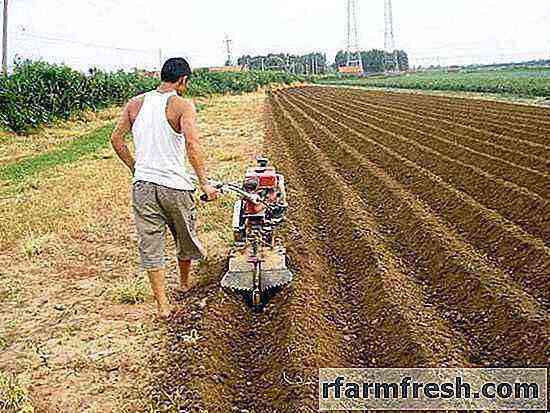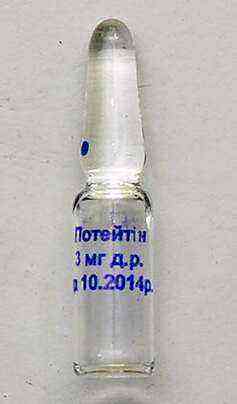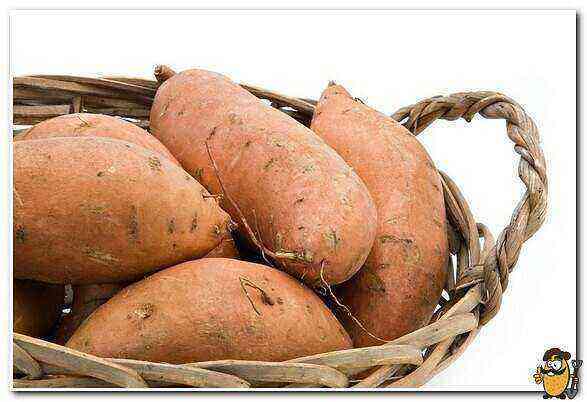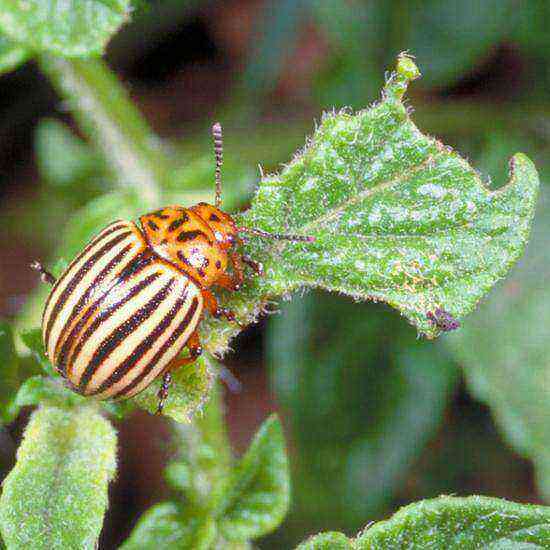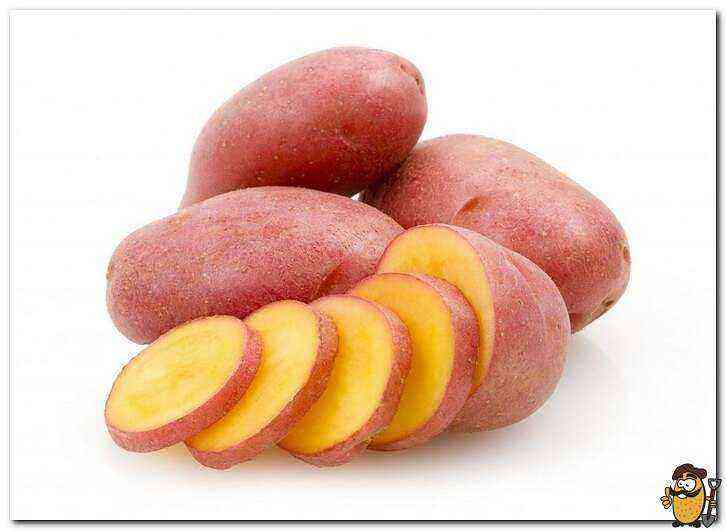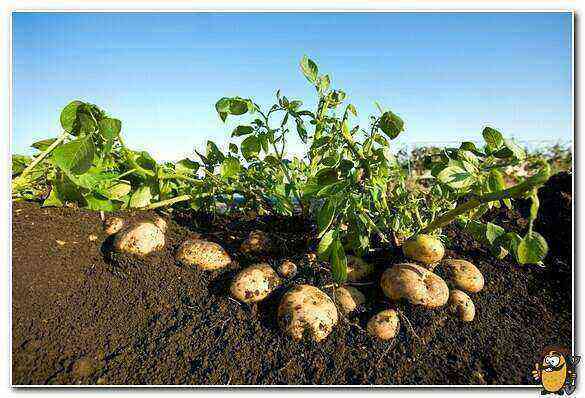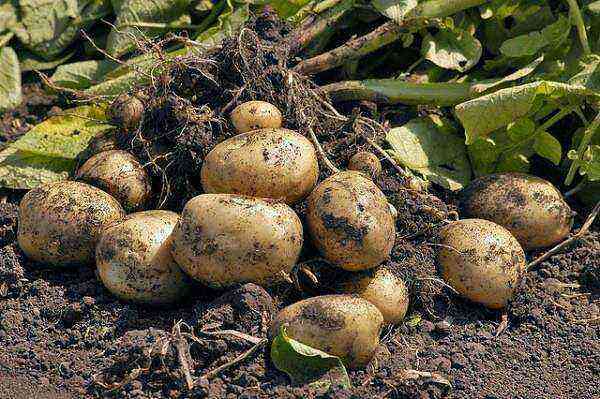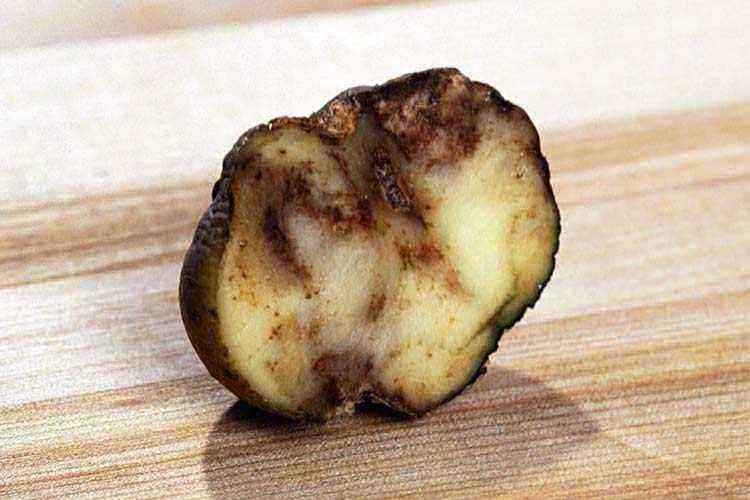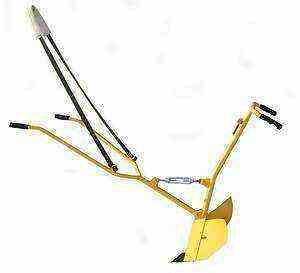Potatoes Zhukovsky: description of the variety, main characteristics, features of cultivation and storage. Super-early potato varieties are of great interest to many farmers, allowing them to get two harvests in one season. They attract gardeners with the opportunity to see delicious dishes from young potatoes on their table already a couple of months after planting. One of the best in the category of early ripening is considered the domestic potato variety Zhukovsky (or Zhukovsky early), bred as a result of the painstaking work of breeders of several research institutes, experimental stations and agricultural firms.
In 1993, having passed all the tests, he deservedly took his place in the state register of the Russian Federation, and since then has been successfully grown in many regions of the country. The breeders did a great job. In addition to rapid ripening, Zhukovsky can boast of unpretentiousness to conditions and soils; it can be cultivated almost throughout Russia, including the West Siberian and Far Eastern regions. This variety also has other advantages, which were highly appreciated by both simple summer residents and specialists of large farms. For more than 20 years, it has been competing with dignity with new elite hybrids, not inferior to them in anything.
Description of the variety, main characteristics
Zhukovsky is the so-called pink variety for table use, characterized by fast ripening. Its tubers reach ripeness 60-70 days after planting. This means that when planted at the end of April, the first tasty tubers can be enjoyed at the very beginning of July. Of course, in two months the fruits will not gain the maximum weight, because they are still at the growth stage, so you should not count on a record harvest. Another thing is when cleaning is carried out in early or mid-August. By this time they will become quite weighty. In general, the yield varies from 400 to 450 c / ha, which is considered an average.
The bush of the Zhukovsky variety is a medium-sized semi-sprawling plant with small rich green leaves. In the garden, it does not take up much space. This potato blooms profusely, but not for long. During flowering, compact pink-purple flowers with a light border around the perimeter of the petals appear on the bushes. The berries are almost never formed.
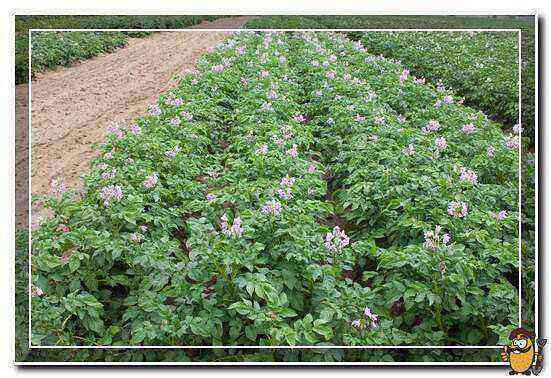
Round tubers with a thin pink skin without roughness have a very marketable appearance. The eyes are few, superficial, stand out due to the red tint. The average mass of tubers is 120-160 g. The maximum number of medium and large potatoes in one nest is 12 pieces. The harvested crop can be transported over long distances; transportation will not affect the appearance and other qualities of the tubers in any way. They are stored well too. When stored under proper conditions, keeping quality is 90-92%.
As for the taste, experts do not give this potato the highest rating because of its light, barely perceptible sweetness. But with a low calorie content and starch content (starch content does not exceed 15%), the tubers have a high nutritional value. They contain many useful substances such as vitamins, fiber, protein, organic, acids, minerals and others.
In culinary terms, Zhukovsky potatoes are universal, due to the dense texture of the pulp, it retains its shape after any heat treatment (type A / B). Delicious mashed potatoes are obtained from it, it can be cooked in a uniform, baked, fried, used as a component of salads, and made chips. But it is best to eat this young potato, before the rind has time to coarse. For example, you can fry it with mushrooms, onions and fresh herbs. By the way, juicy young tubers of the Zhukovsky early variety are undermined already on the 50th day from the moment of planting.
One of the main advantages of this potato is its immunity to almost all common crop diseases. Zhukovsky is highly resistant to scab, potato crayfish, golden nematode, and is very rarely affected by the mosaic virus and rhizoctoniae. After frequent and heavy rains, plants can be affected by late blight, the causative agent of which is the fungus Phytophthora infestans, but with proper prevention of this dangerous disease, the risk of infection will be reduced to zero.

Preparation and landing
Cultivation of the Zhukovsky variety is not much different from the cultivation of other varieties of potatoes, but some points need to be taken into account. Let’s start by preparing the soil. This culture is undemanding to the soil, nevertheless it is recommended to grow it on sandy and loamy soils well fertilized with organic matter. In dense clay soil, even with the introduction of a large amount of organic fertilizers, tubers grow poorly, the yield will be an order of magnitude lower.
It is advisable to prepare the site in the fall. The area on which it is planned to plant potatoes is dug up with the simultaneous introduction of rotted compost and ash. In the spring, all that remains is to loosen and level the soil, as well as apply nitrogen fertilizers. The Zhukovsky variety grows well after green manure, legumes, cabbage and cucumbers.
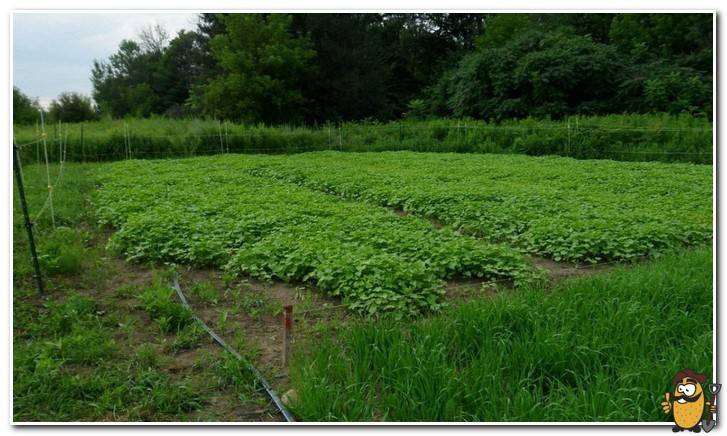
About three weeks before planting (at the end of March), the planting tubers are transferred to a bright room with a constant air temperature of 8-12 degrees for germination. It is very important to carefully select the planting material. Tubers should not show mechanical damage or signs of disease. It is better to sprout potatoes in low boxes, stacked on top of each other, or scattered on the floor in one layer (if there is enough space). The process can be significantly shortened by sprinkling the sprouting tubers with sawdust and regularly moistening them. Thanks to this method, after two weeks on the potatoes, you can see miniature roots and thick strong sprouts up to 1,5 cm long.
Immediately before planting, tubers are treated with drugs that protect potatoes from diseases and pests. To protect the planting material, potato growers most often use Bordeaux mixture, Prestige or Maxim. The following scheme is considered the best planting option for the Zhukovsky variety:

- the distance between the holes is 30-35 cm;
- distance between rows – 60-70 cm;
- the depth of the bookmark is 6-8 cm.
If the spring turned out to be cold, it is better to postpone the planting. The land must warm up to at least 6 degrees, otherwise there is a risk of being left without a crop.
Potato care Zhukovsky
The main and most important activities in the cultivation of this variety are timely planting and harvesting. In the interval between them, you will also have to work a little. About a week after planting, the beds are loosened, at the same time removing weeds from them. Due to loosening, the soil becomes light, saturated with oxygen.
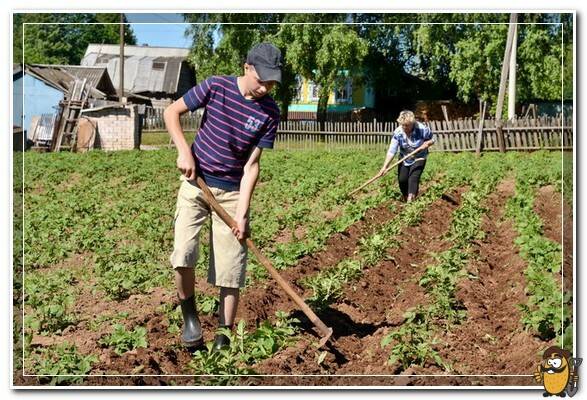
The first shoots, as a rule, appear on the 12-15th day. They must be immediately spud to protect young, not yet matured plants from possible night frosts and to stimulate the development of the root system. If the piles are washed out by the rains, re-hilling will be required.
The Zhukovsky variety is drought-resistant, so there is no need for additional watering. The plantings have enough spring moisture accumulated in the soil over the winter. An exception is prolonged abnormal heat. In such weather, the bushes are watered early in the morning, pouring up to 3 liters of water under each. The same goes for top dressing. Fertilizers are applied when preparing the site, and this is enough to get a good harvest.
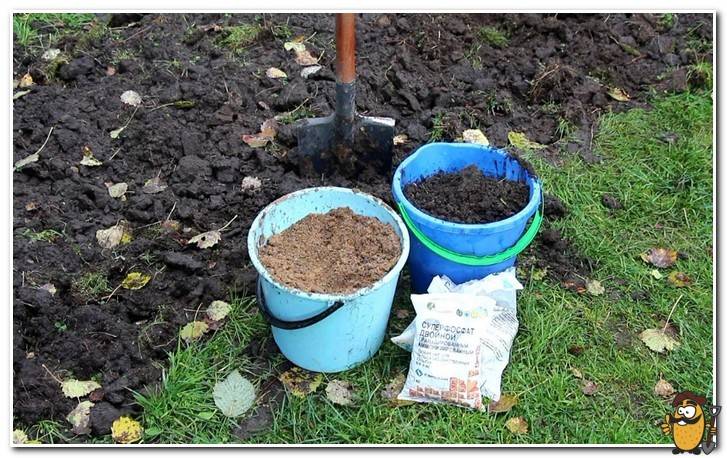
Diseases and pests
It was already mentioned above that the Zhukovsky potato variety has a high immunity to most crop diseases. The only thing to be afraid of is late blight. Symptoms of late blight infection are hard to miss. First, brown spots appear on the lower leaves, gradually spreading throughout the plant. The foliage then curls up, dries up and dies off. The tubers are infected last. The peel on them becomes soft, acquires a lead-gray tint, the flesh begins to rot. How to resist this scourge?
First of all, you need to carefully select seed material, reject tubers with the slightest hint of late blight. They must be treated with an effective fungicide before planting. If, despite preventive measures, the fungus still appears on the beds, diseased bushes should be immediately removed from the garden and burned. It is difficult to completely get rid of phytophthora even with the help of strong drugs, but stopping its spread throughout the site is quite feasible.
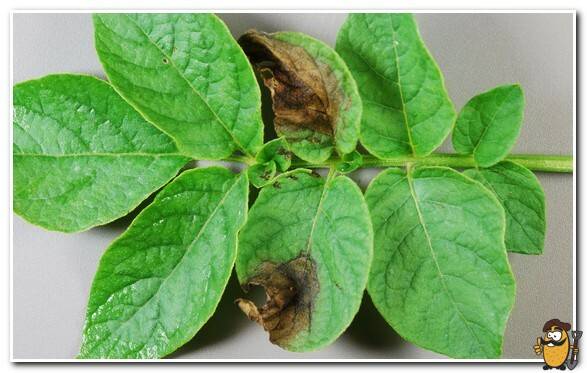
Of the insects, the ubiquitous Colorado potato beetle inflicts the greatest damage. This pest is tenacious, quickly gets used to poisons. The danger for potato beds is represented by its voracious larvae, which can leave only stalks in the garden in just a few days. They begin to fight the beetle and its offspring when more than 10 larvae appear on one bush. Biological preparations (Akarin, Fitoverm, Bitoxybacillin), pyrethroid insecticides (Alatar, Kinmiks, Arrivo), as well as insecticides of other groups (Commander Maxi, Confidor Extra, Mospilan and others) are used. Of the folk methods, dusting the plantings with corn flour is considered the most effective. Getting into the stomach of an insect, the flour swells, increases in volume, which leads to the death of the pest. If there are few beetles in the beds, they can simply be collected by hand and destroyed outside the site.
Cleaning and storage
The Zhukovsky variety is resistant to mechanical damage, therefore, mechanized harvesting is acceptable. The dug up potatoes are dried in the shade, sorted and sent to storage. Optimal conditions in a cellar or basement are air temperatures ranging from 2 to 5 degrees and humidity 70-80%. At a higher temperature, the tubers will begin to sprout, if too low, they will freeze, lose their taste or even deteriorate.

In conclusion
For its qualities, the Zhukovsky early variety was very fond of farmers and gardeners. Reviews about him are only positive. With minimal labor costs, people get a good and high-quality harvest, and in a very short time. In just two months! It is thanks to this that Zhukovsky remains as popular today as it was two decades ago.
